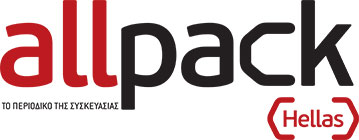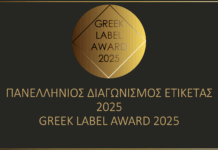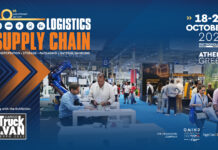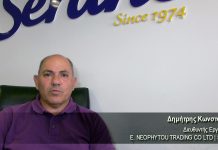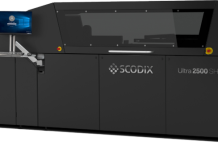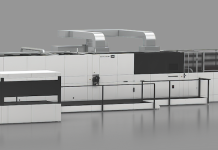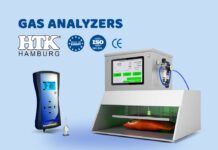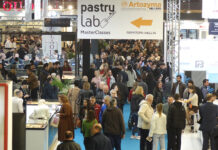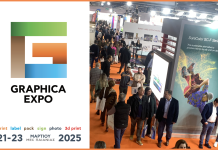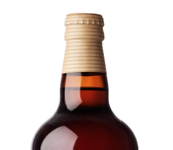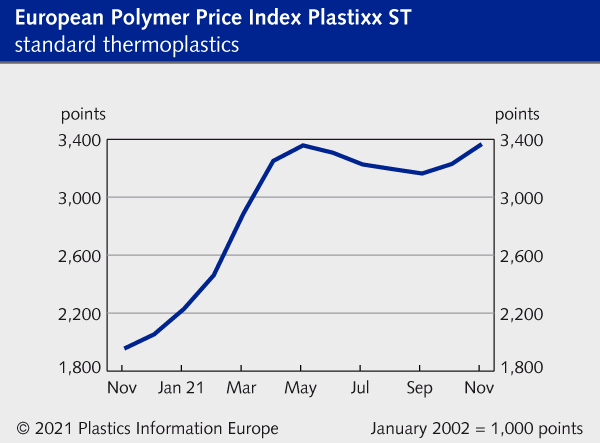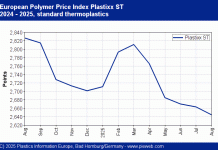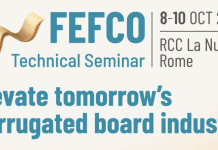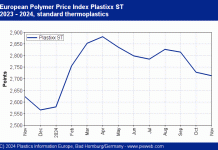Weak pre-Christmas demand puts prices under pressure / Producers and processors position themselves for 2022 negotiations / Omicron variant causes explosion on PET market
PE: For LDPE film, November began with announcements by producers of high, triple-digit price increases, although they did become less insistent during the course of the month. Small buyers had to fork out more, but large players who had succeeded in building up stocks in the previous months were able to negotiate from a position of strength. The Christmas month is unlikely to provide any gifts to converters in the form of price reductions. Unless one or the other producer decides to clear out stocks, the market is likely to witness another small price increase. The C4 films are also expected to become more expensive. This is also reflected in the tone between producers and converters, which is becoming increasingly bitter. Converters are complaining, for example, that producers are not lacking in “creative justifications” when they announce price increases. Overall, it has to be said that decisive negotiations are on the agenda in December for producers and pipe manufacturers. Both sides want to take up a positive position for the start of the new year and will certainly battle for every euro. Only for EVA is the situation to stay the same, with “Groundhog Day” coming round again: the alarm clock rings, prices rise by triple-digits, yet hardly any material arrives at the converters.
PP: The EUR 95/t rise in the cost of C3 pushed PP prices higher again. Producers also sought to add energy surcharges but were not successful due to already cautious demand and record price levels. For film grades, which have already set records, they were often unable to pass on the higher C3 cost in its entirety. Of course, this doesn’t mean that the hikes are off the table. In December, producers will try again to pass on their higher energy costs. Whether they succeed is another question. Converters ordering more to reach their annual bonus could give them a boost. The monomer price will provide no impetus for increases in December as propylene rolled over. This means that compounds indexed to C3 will see no change in the index. Conversely, for contracts indexed to standard PP, further hikes cannot be ruled out even though some compounds are already experiencing record highs.
PVC: With PVC prices climbing yet again in November – the 18th month in succession – it is not surprising to see more record levels. Nevertheless, having said that, prices advanced particularly heavily last month because producers of S-PVC base materials factored in higher energy and logistics costs. Converters had nothing up their sleeves to counter this in view of their high demand and the very tight supply situation. They still showed their frustrations during price talks, and the overall mood certainly worsened. In the case of compounds, prices were driven up by both the rise in the cost of S-PVC and the latest price hikes for additives. Market players are working under the assumption that PVC will remain at a high level in December. Although no particular impulse is to be expected from the ethylene side, producers will probably target further increases in order to kick off the new year with prices as high as possible.
Styrenics: The sharp rise in the styrene reference in November of EUR 232/t and increased energy and logistics costs, which some suppliers priced in, caused styrenics prices to spike. All grades recorded triple-digit gains, with EPS and ABS even reaching all-time highs. Even though some processors have curtailed orders to a minimum in view of the very high price level, demand for all grades remained quite brisk. However, there are now increasing signs of a slowdown, at least in German-speaking Europe. Demand is likely to weaken further in December, as many processors tend to reduce their inventories with a view to the year-end balance. Large jumps in prices are rather unlikely at the end of the year, especially as the recent increase in the styrene reference by EUR 23/t was quite moderate compared to the previous month. A pure cost transfer would result in slight premiums for polystyrene and EPS, while for ABS, it would lead to a rollover with the virtually unchanged component costs. However, the tight market situation for ABS could continue to fuel price increases and, as with other materials, it remains to be seen how individual suppliers will deal with the issue of energy and logistics costs.
PET: The plagued year – literally – was still far from over in November. In the first two thirds of the month, European PET buyers put up brave resistance and suppressed the growing panic that was developing due to the consistently deteriorating supply situation. They were also able to do this because demand from end-markets is experiencing an equally bad off-season low. But then the new Omicron coronavirus variant came along, and things became even worse. Especially in hygiene-related and medical segments, panic broke out and infected a large number of other areas. The already tense spot markets subsequently exploded, and any of the small to medium-sized contract buyers who delayed purchasing until late in the month then also had to swallow a surcharge of a few euros. Anyone who signed a contract early, on the other hand, was able to breathe a sigh of relief because early agreements were frequently booked in at a rollover. On the demand side, relatively little activity is normally to be expected in December, but in view of the barren supply situation, the status could well change this time. The first exploratory inquiries have apparently already been received with regard to the spring requirements. Nothing much is likely to change as regards the dramatic supply bottleneck – including the disastrous import situation. At the same time, the extremely large increases in the cost of logistics and energy have not yet been factored into the PET sector. It is to be feared that producers will exploit the situation in December to push through correspondingly large price hikes.
For more than 35 years, PIE has been an invaluable source of information for European plastics industry decision makers – a quick, yet in-depth look at the development of plastics markets and polymer prices. Available online 24/7 and as a printed newsletter twice a month. To read the entire report, go to www.pieweb.com and sign up for a 48-hour free trial!
